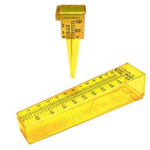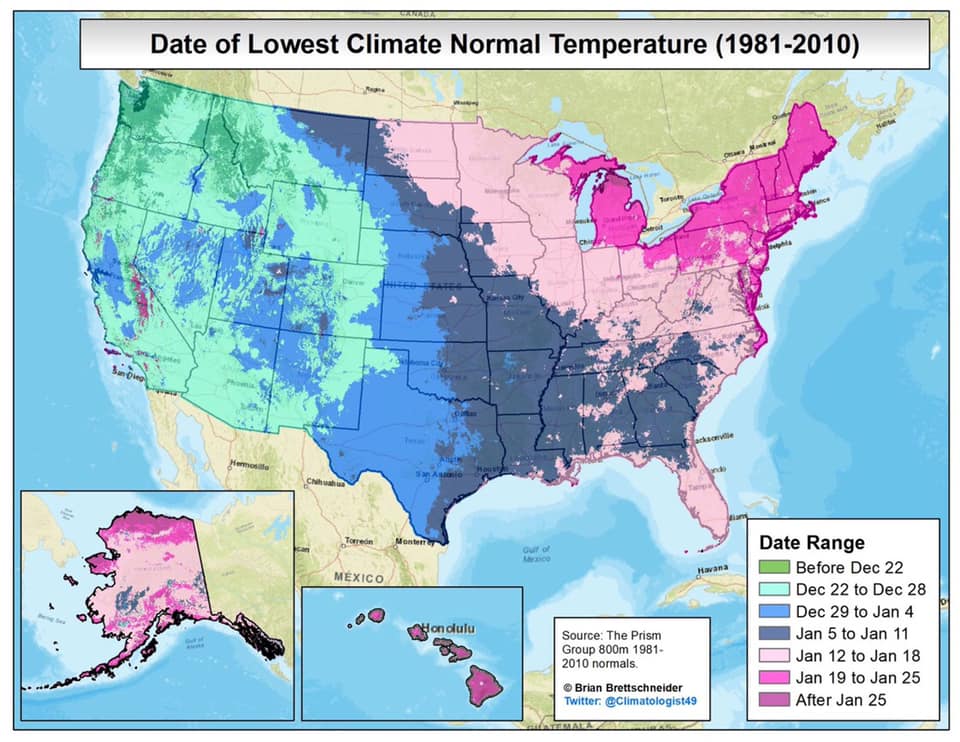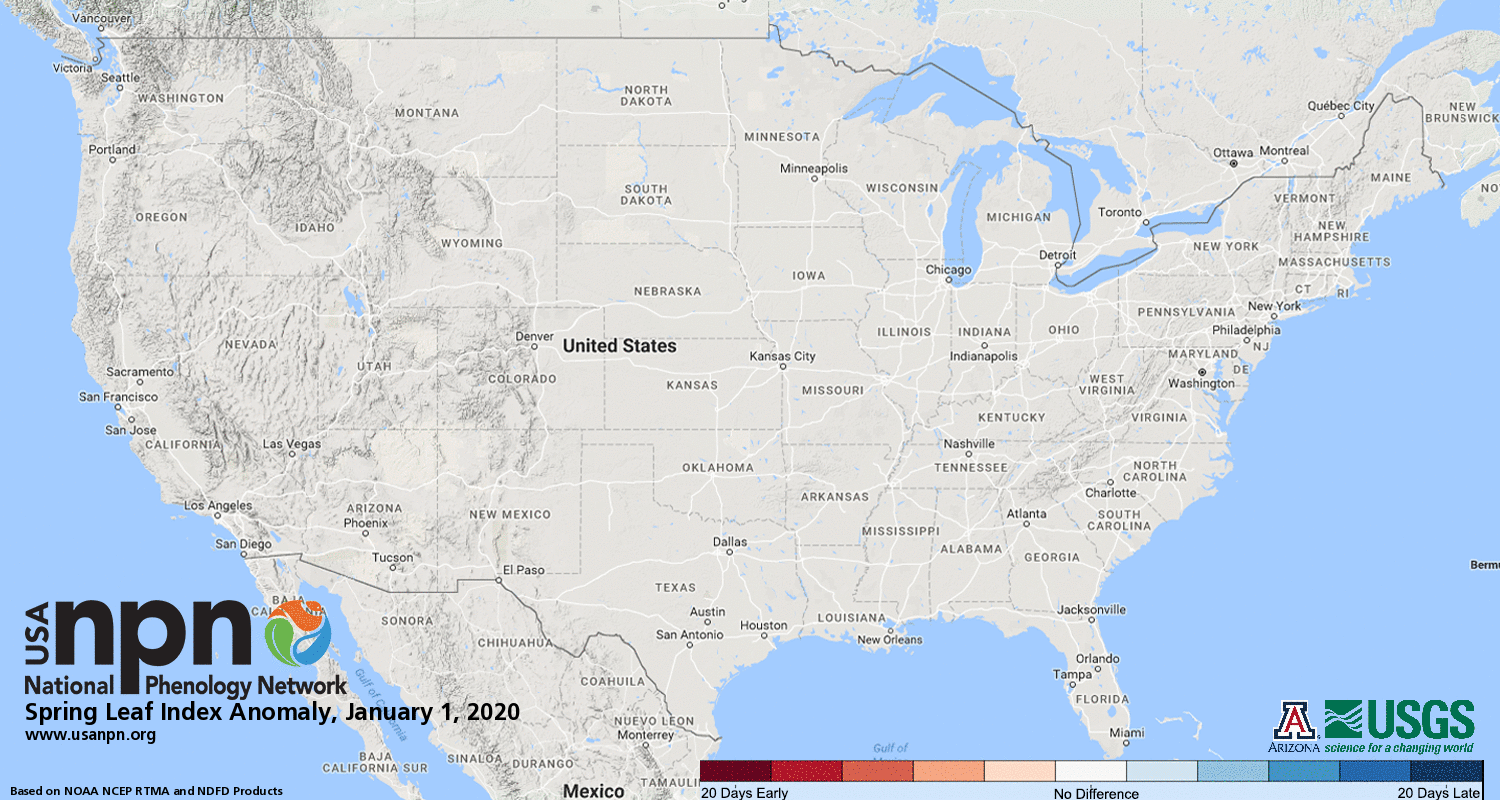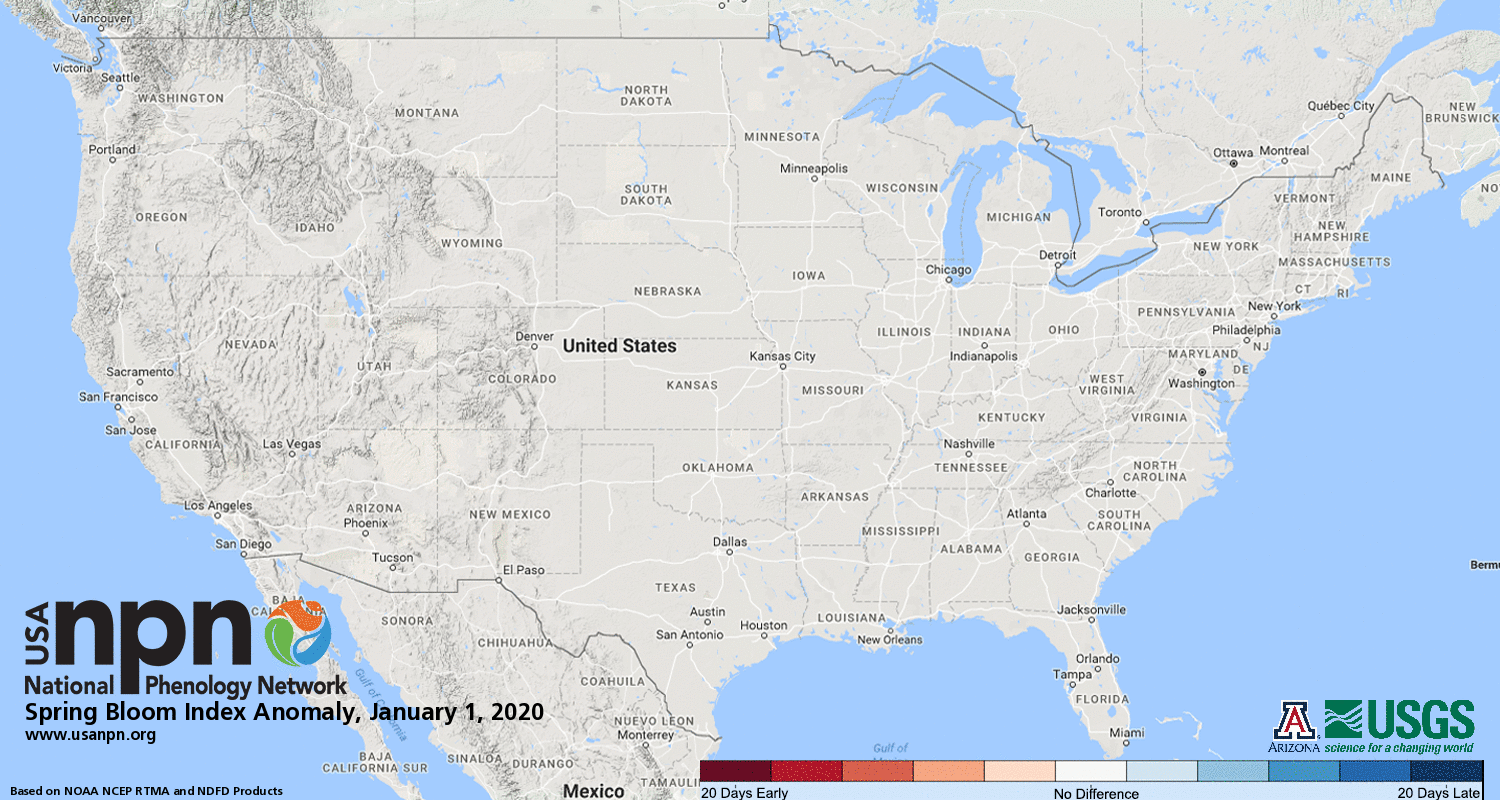
Garden centers have been buzzing with activity this spring and flowers and tender vegetables are flying off the shelves and into the ground. We are past the “official” last frost date in Cincinnati, right? Time to plant tomatoes, peppers, and impatiens, right?
Well, not so fast. Mother nature didn’t get the memo that the climate is warming and doesn’t recognize the warmer USDA hardiness zones and last frost dates. I have been saying all along that warming everything up was unwise. We may see why this year.
You know that polar vortex which was absent from the US and tucked away in the arctic this winter? Well, it appears set to make a rare and unusual May appearance. Widespread frosts and some freezes will come down into the Great Lakes and New England and may even visit the Ohio and Tennessee valleys over the next couple weeks. Temperatures will fall well below normal all the way down to the gulf coast. There may even be some May snow in the Great Lakes and New England.
So, if you have been waiting to plant your tender plants, I would wait some more. If you have them in the ground, good luck. You heard it here first. The cold train is already pulling into the station with the coldest air expected this weekend. Temperatures will only slowly moderate after that (Revised last paragraph on 5.5.20200).















